Great pics everyone 
Here are some mansions and other old buildings in Thessalonike:
Casa Bianca

Museum of the Jewish presence in Thessalonike, and Categno to the right

Ahmet Kapanci mansion

The Konak

Blind people's school

Yeni camii (now is an archaological museum)

Mallah building

Chateau mon Bonheur

The white tower

The Embrar buildings


Ermion building

My favourite of all of this is the Yeni Camii. Thessalonike was very important during the ottoman empire as well, which is why buildings from that era still exist today.
I also like how gloomy and dark the Ermion building is
And, of course, my dream is to buy an apartment in the Embrar buildings in the future

Here are some mansions and other old buildings in Thessalonike:
Casa Bianca

Museum of the Jewish presence in Thessalonike, and Categno to the right

Ahmet Kapanci mansion

The Konak

Blind people's school

Yeni camii (now is an archaological museum)

Mallah building

Chateau mon Bonheur

The white tower

The Embrar buildings


Ermion building

My favourite of all of this is the Yeni Camii. Thessalonike was very important during the ottoman empire as well, which is why buildings from that era still exist today.
I also like how gloomy and dark the Ermion building is

And, of course, my dream is to buy an apartment in the Embrar buildings in the future






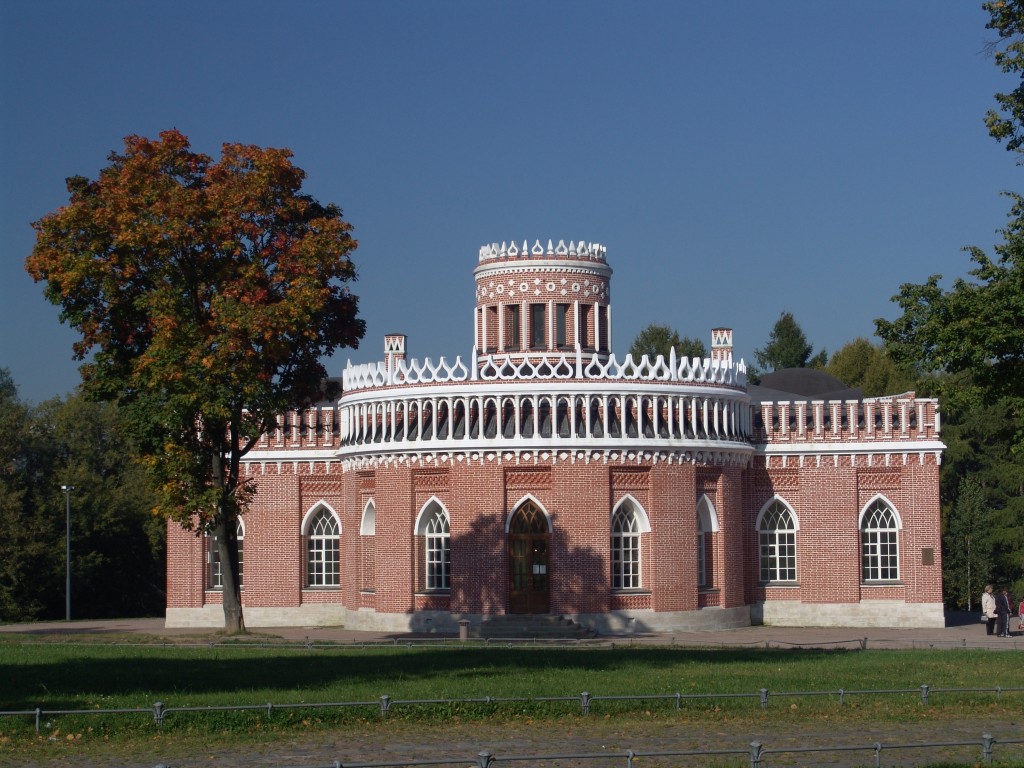





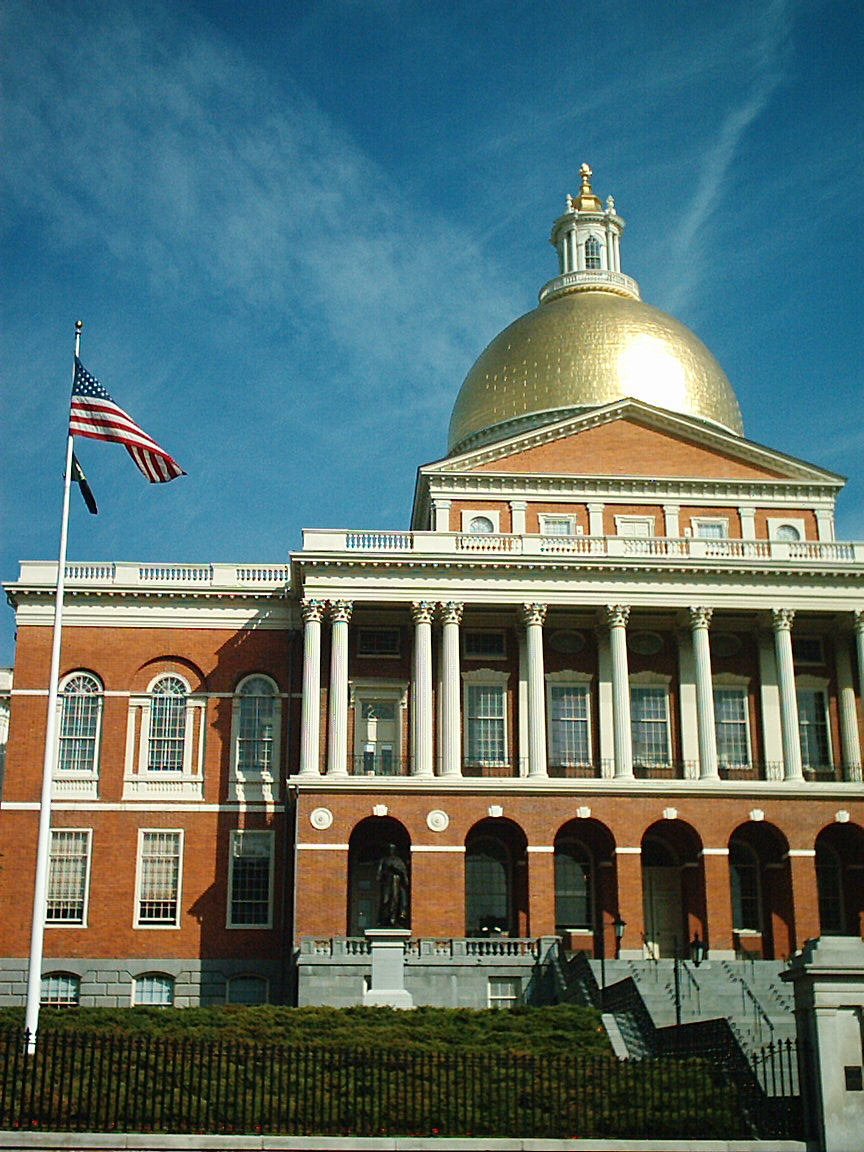

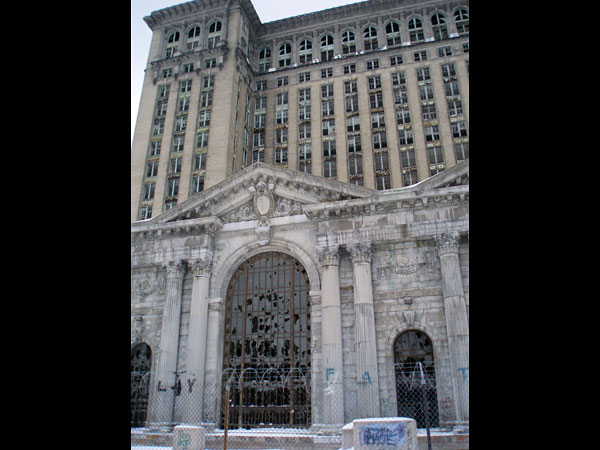
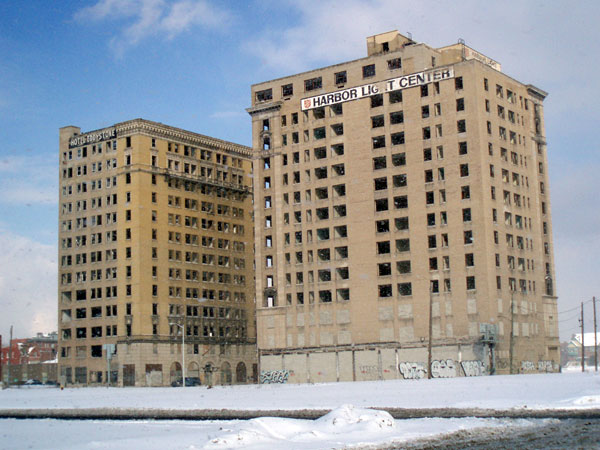
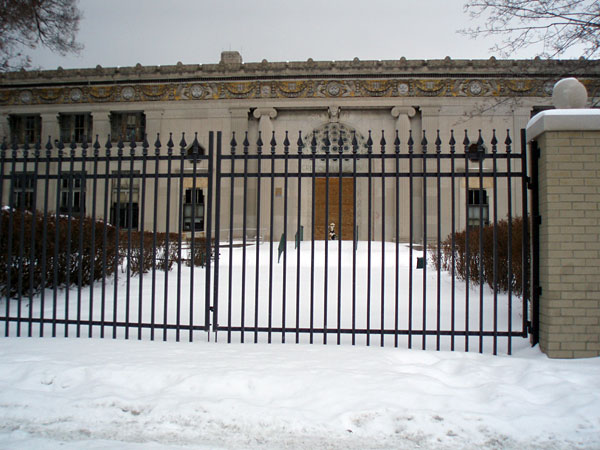
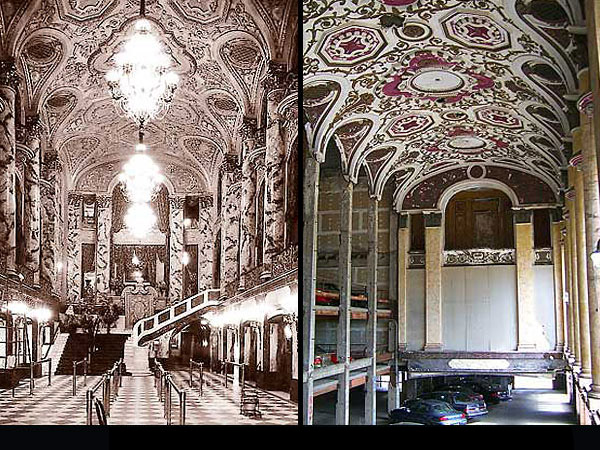
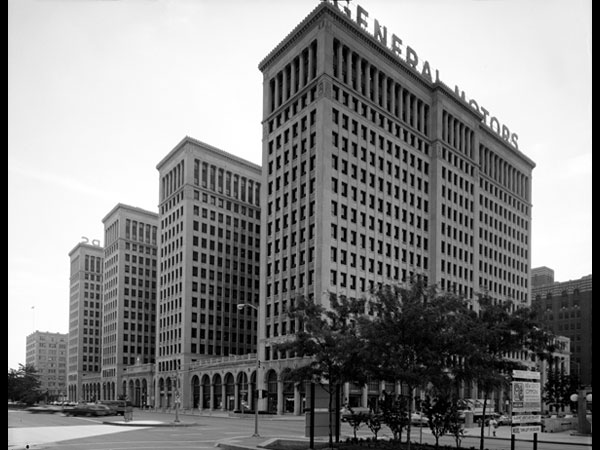
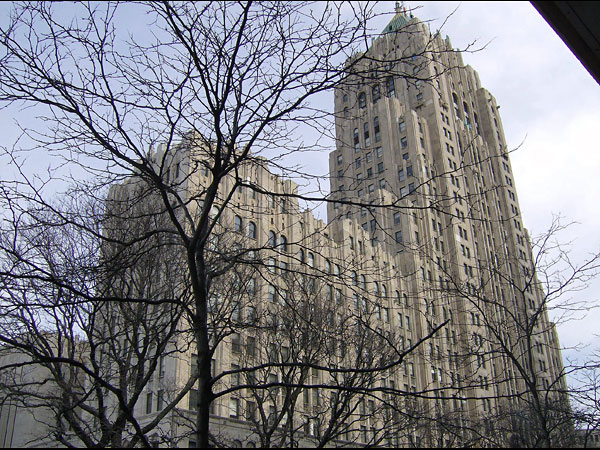
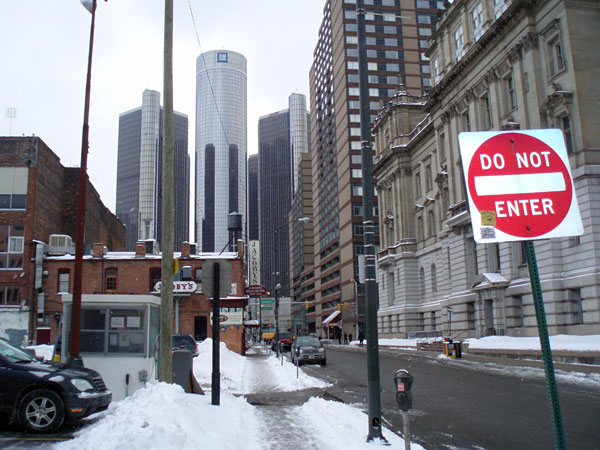
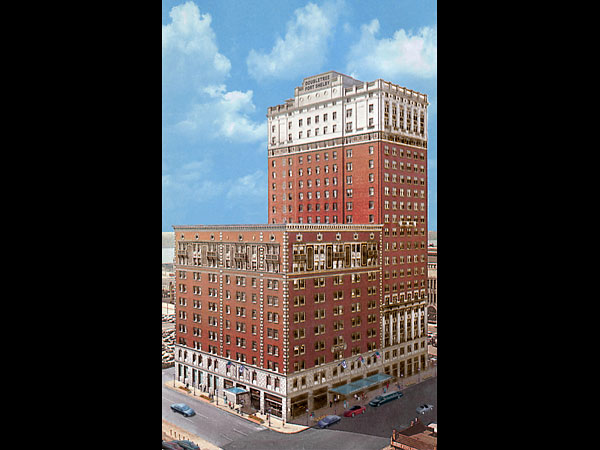



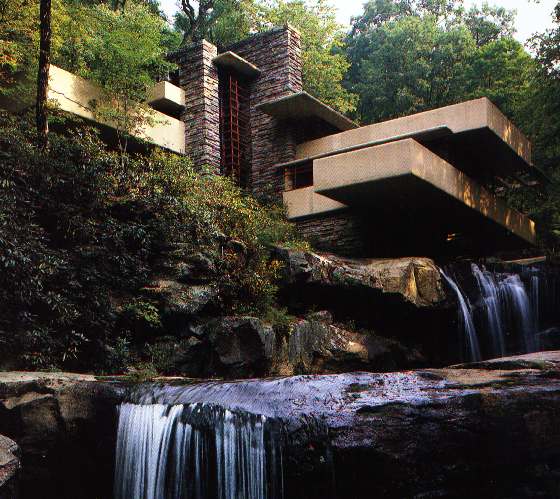

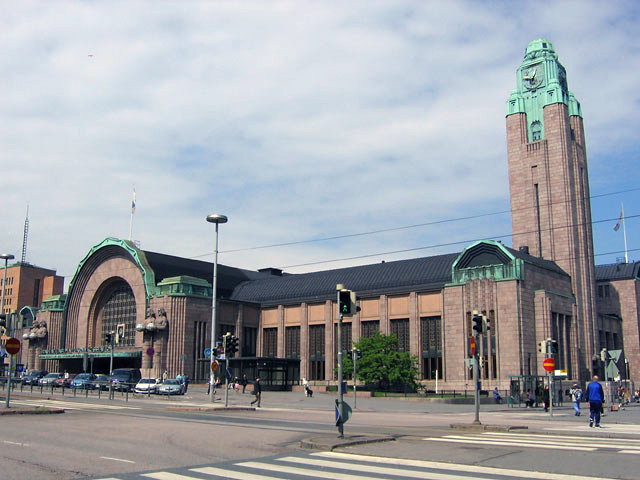

.jpg/800px-Woluwe-St-Pierre_-_Hoffmann_050917_(1).jpg)
